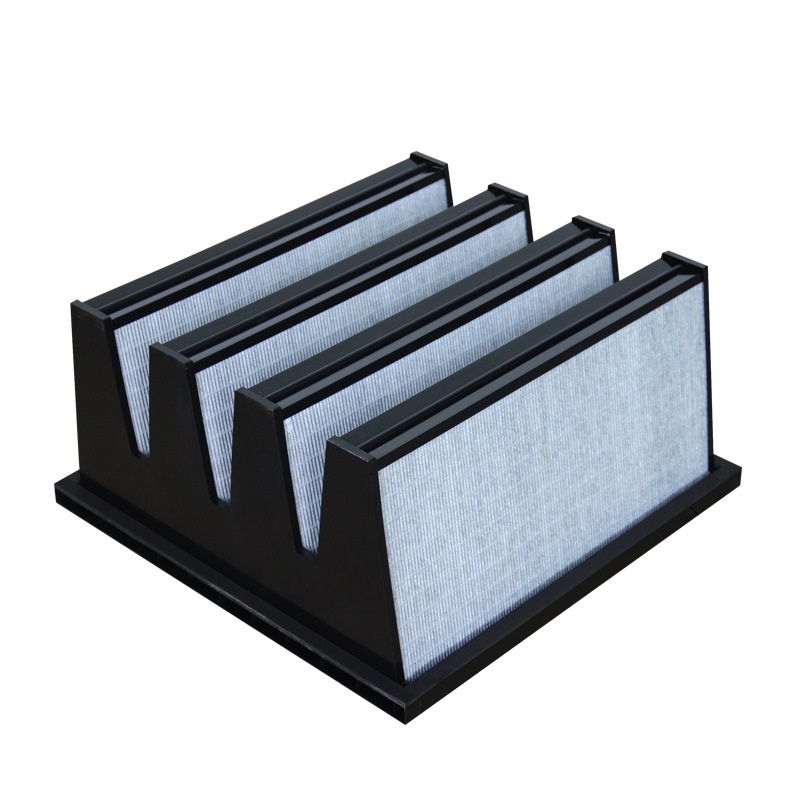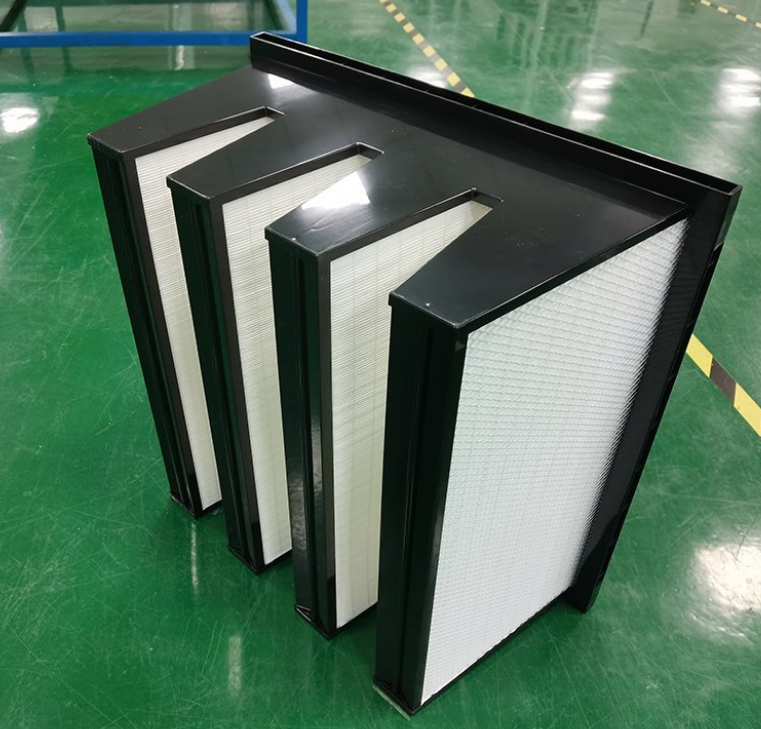
How do air filters filter air? The primary application of air filtration technology is filter separation. There are mainly 5 kinds of capture effects of the filter layer on particles:

Interception effect: when the particle diameter is large and close to the surface of the fiber, the distance between the centerline of the particles and the surface of the fiber is less than the radius of the particles, and the dust particles are intercepted and deposited by the fibers of the filter media.
Inert effect: when the mass or speed of the fiber is large, due to the inert effect on the surface of the fiber collision and the formation of deposition.
Dispersion effect: small particle size, strong Brownian motion, easy to collide with the fiber surface.
Gravitational effect: when the particle passes through the fiber layer, the particle will be deposited on the fiber due to gravity.
Electrostatic effect: Fibers and particles are charged, when the particles are drawn into the fiber surface, an electrostatic impact will occur to attract particles.
Filters with different properties, i.e., filter media, are installed to trap dust particles and microorganisms suspended in the air to ensure that the required air cleanliness meets the air supply requirements. The filter media used in it are fibers with small diameters, which both smooth the flow of air and effectively capture the dust particles.

Filtered dust particles controlled by purification techniques are generally between 0.1-10 microns, with smaller particle sizes, and contain both solid and liquid particles; organic particles suspended in the atmosphere are mainly microorganisms, plant pollen, flotsam, and fluff, and these microorganisms usually include viruses, bacteria, and microorganisms.
Since microorganisms are mainly attached to dust particles, it is important to provide effective control of dust particles, which means effective control of airborne bacteria, germs, and viruses. For this purpose, we must filter them with particle filters with barrier properties. In general, the filtration efficiency of high-efficiency filters for bacteria can reach 99%, which can basically meet the requirements for filtration and purification of biological clean rooms.
Related Products